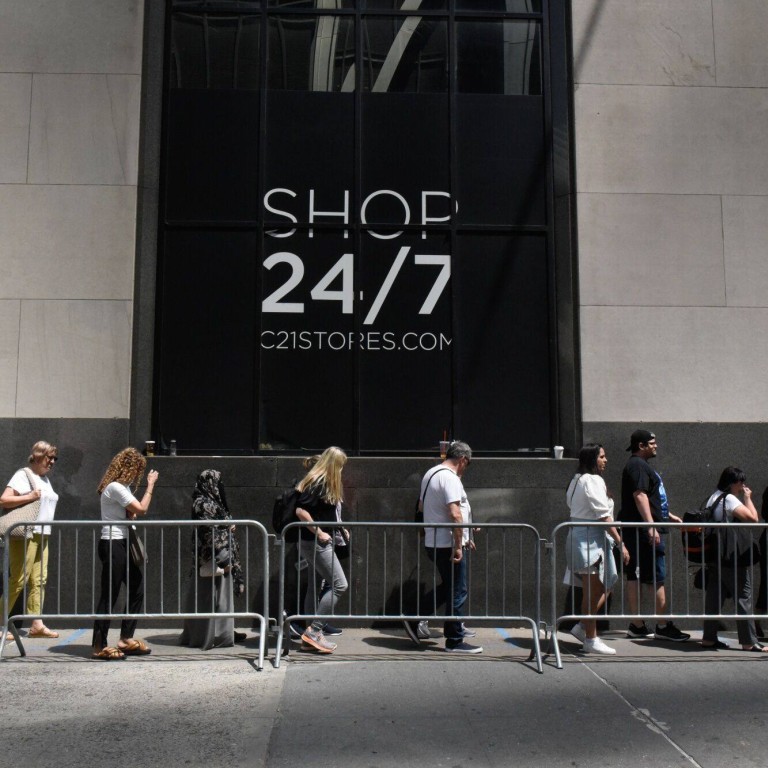
US economy: a slowdown in consumption may not be the only recession factor to watch
- The all-powerful American consumer will be tested in an uncertain economy – but the capital expenditure of companies may end up being the determining factor
But with financial conditions tighter and savings stockpiles being eroded, are US consumers finally starting to bend, and will they be pushed to breaking point?
Americans’ propensity to consume is not new and, on aggregate, the US buys more than it actually consumes, with more money than it actually has. In the past, this spending power has helped lift the US economy.
This was true in the March quarter, where consumption was the stand-out feature of a rather lacklustre GDP report. Consumer spending rose by 3.7 per cent year on year compared to 1.1 per cent for the overall economy. That momentum continued into the second quarter as retail sales in April rose by 0.4 per cent month on month, with some of the spending in core categories showing a stronger pickup.
But even the most hardy US shopper may not be able to shrug off what lies ahead. The University of Michigan’s consumer sentiment index highlighted the stress being applied to consumers. Its preliminary May reading fell by 9 per cent compared to the month prior and is 14 per cent lower than its high for the year in February.

Federal aid boosted spending to unsustainable levels in 2020 and 2021, and consumers have tried to maintain the habit by eating into their savings and increasing their debt. The personal savings rate averaged 7.6 per cent in the five years leading up to the Covid-19 pandemic but was just 4.8 per cent in the March quarter.
Demand for loans is also falling. The senior loan officer opinion survey showed that demand for credit card loans was flat in the most recent quarter while demand for vehicle loans and other types of consumer loans fell. This is consistent with the use of excess household savings built up during the pandemic, and points to softer consumer spending ahead.
The actions of “irrepressible” American consumers and the low unemployment rate are often cited as reasons the US may avoid a recession, and history shows a high propensity to spend – in good times and bad.
Over the past 12 US recessions, the pandemic was the only time consumers were the driving force behind the economic drawdown. In the 11 other recessions, it was private investment, notably non-residential investment, that mattered more.
The risk of a US recession isn’t so much about how consumers behave; rather, it’s about the capital spending habits of companies. Surveys run by US regional central banks show a decline in capital expenditure intentions, as companies anticipate a weaker outlook for demand and rein in spending to protect profit margins. Historically, these surveys have done a pretty good job as an indicator of the decline in private investment that shows up in the GDP figures.
The US consumer is all-powerful in many ways and is likely to be tested over the course of the year. But it is capital expenditure, not consumption, that may be the determining factor when it comes to the depth of US economic decline.
Kerry Craig is a global market strategist at JP Morgan Asset Management


